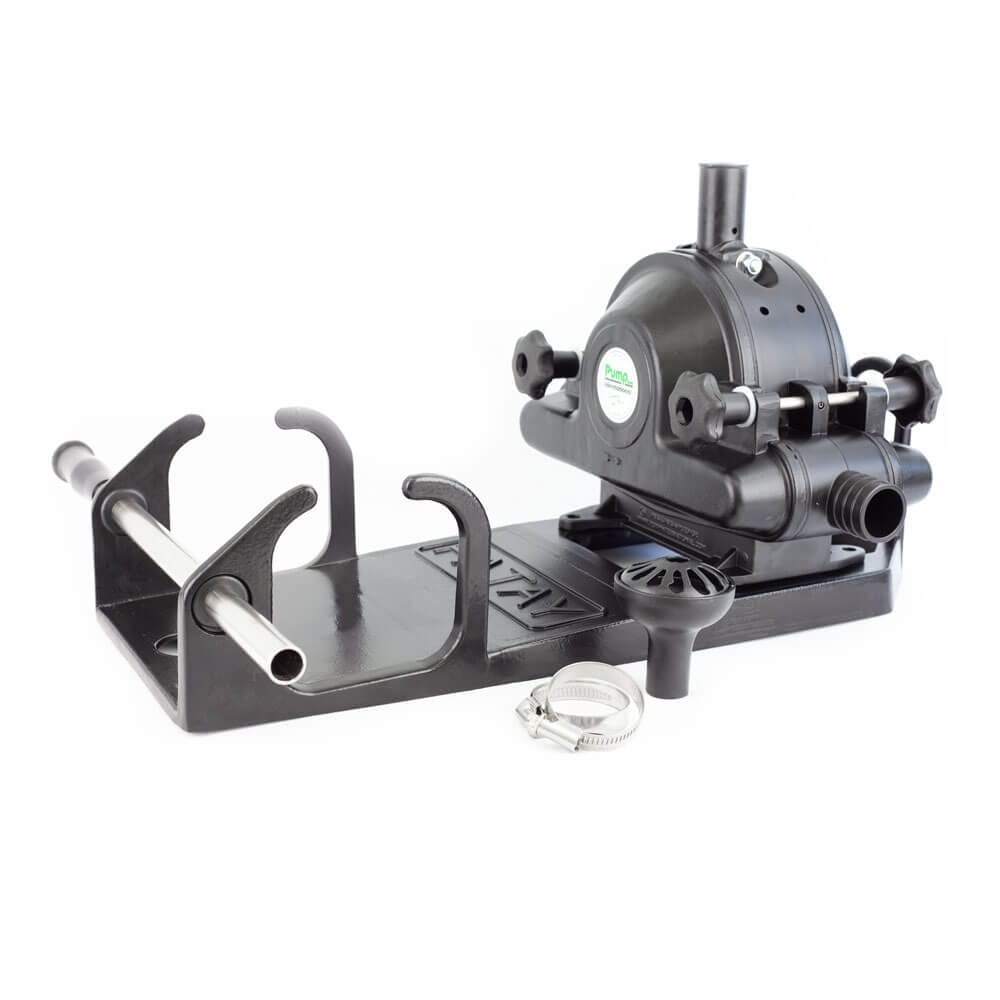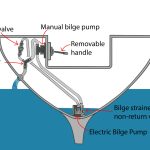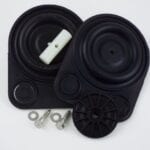In the realm of fluid transfer and pumping solutions, choosing the right pump for your specific needs is crucial. Manual diaphragm pumps, often referred to as manual membrane pumps, are one category of pumps that have garnered significant attention. However, a prudent decision requires a comprehensive understanding of how manual diaphragm pumps stack up against other pump types. In this article, we delve into the pros and cons of manual diaphragm pumps in comparison to other popular pump types, shedding light on their unique features, capabilities, and areas of application.
Manual Diaphragm Pumps
Manual diaphragm pumps, as the name suggests, are operated manually, making them versatile and accessible in various settings. They utilize a flexible diaphragm that moves back and forth to displace the fluid, creating a pumping action. These pumps are popular for their simplicity, ease of use, and ability to handle a wide range of fluids, including abrasive and viscous substances.
Pros of Manual Diaphragm Pumps:
Versatility: Manual diaphragm pumps can handle diverse types of fluids, from thin chemicals to thick slurries, making them adaptable across various industries.
Ease of Use: Their manual operation means they can be utilized in locations where power sources may be limited or unavailable, providing a reliable pumping solution.
Portability: Manual diaphragm pumps are often compact and lightweight, facilitating easy transport and on-site usage.
Cost-Effectiveness: These pumps are generally more affordable than their automated counterparts, making them an economical choice for many businesses.
Cons of Manual Diaphragm Pumps:
Limited Flow Rate: Manual operation restricts the flow rate compared to automated pumps, which may not be suitable for high-flow applications.
Labor-Intensive: Requiring manual operation means dedicating manpower for continuous operation, making them less efficient in high-demand scenarios.
Accuracy Dependency: The pumping rate and consistency are contingent upon the operator’s skill and consistency, which can lead to variations in performance.
Comparing with Other Pump Types
To effectively evaluate manual diaphragm pumps, let’s compare them with two common pump types: centrifugal pumps and reciprocating pumps.
Centrifugal Pumps
Centrifugal pumps are widely used in various industries due to their high flow rates and efficiency in handling thin, non-viscous liquids. They operate using an impeller that spins rapidly, creating a centrifugal force that propels the liquid through the pump.
Pros of Centrifugal Pumps:
High Flow Rate: Centrifugal pumps excel in pumping large volumes of liquid rapidly, making them ideal for applications that require high flow rates.
Efficiency: They operate efficiently, requiring less energy per unit of fluid moved compared to some other pump types.
Low Maintenance: Centrifugal pumps generally have fewer moving parts, reducing the maintenance and operational costs over time.
Cons of Centrifugal Pumps:
Limited Viscosity Range: They struggle with viscous fluids, making them less suitable for applications involving thicker substances.
Not Self-Priming: Centrifugal pumps require a priming process to start pumping, which can be inconvenient in some situations.
Reciprocating Pumps
Reciprocating pumps, on the other hand, use a piston or plunger to move the fluid through a chamber by reciprocating motion. These pumps are known for their ability to handle high-pressure applications and a wide range of fluids.
Pros of Reciprocating Pumps:
High Pressure Capability: Reciprocating pumps can achieve very high pressures, making them suitable for applications that demand substantial pressure.
Viscous Fluid Handling: They perform well with viscous fluids, making them versatile for a range of industries.
Accuracy: Reciprocating pumps provide precise control over the amount of fluid being pumped.
Cons of Reciprocating Pumps:
Complexity: They are more complex and have more moving parts, leading to higher maintenance needs and costs.
Pulsating Flow: Reciprocating pumps produce a pulsating flow, which may not be suitable for all applications.
Conclusion
In summary, when comparing manual diaphragm pumps with centrifugal and reciprocating pumps, each type presents a unique set of advantages and disadvantages. Manual diaphragm pumps offer versatility, ease of use, and cost-effectiveness, making them a viable choice for various applications, especially when considering factors like fluid type, flow rate, and budget.
Understanding the specific needs of your application and weighing these pros and cons is essential in selecting the most suitable pump for your operation. Whether it’s the simplicity of a manual diaphragm pump, the high flow rates of a centrifugal pump, or the high-pressure capabilities of a reciprocating pump, each pump type has its place in the diverse landscape of fluid handling solutions.






